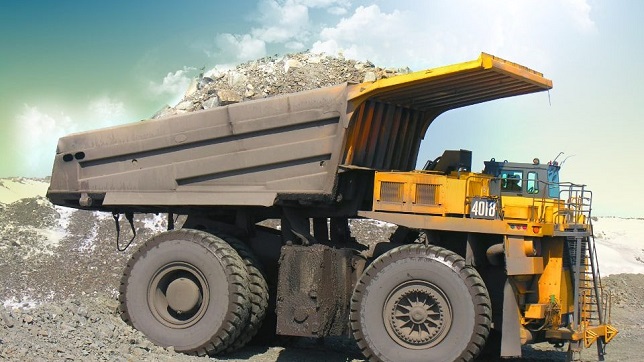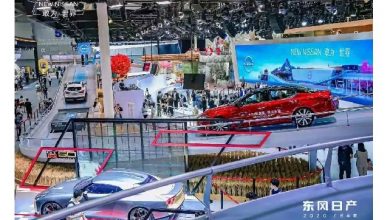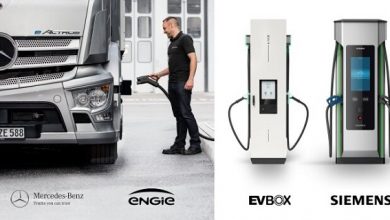Global Construction and Mining Rental Equipment Market to reach $273 billion by 2030 with growth of digital services and platforms
Use of telematics and digital services in construction and mining industries is gaining prominence due to operational efficiency and better ROI

Frost & Sullivan’s recent analysis, Digitization and New Business Models Powering the Global Construction and Mining Equipment Market, 2030, finds that growth in infrastructure development and urbanization projects, alternate powertrains, and the need for modern, compact, and rental equipment are top industry trends driving the global construction and mining equipment industry. Telematics and autonomous retrofit solution providers are expected to partner with rental companies to upgrade their fleet with new solutions and technologies and promote them in key markets, such as the United States, Europe, China and India. The construction and mining rental equipment market is expected to reach $273 billion by 2030, driven by the need to manage operational costs and increase utilization rates.
Global construction spending is estimated to reach $17.5 trillion by the end of the forecast period with the rise in civil infrastructure development projects and real estate/buildings. However, the COVID-19 pandemic is expected to cause an 18% decline in the unit sales of heavy equipment in 2020 due to the decline in manufacturing, operations, and distribution centers across the globe. Despite these obstructions, the construction and mining equipment unit shipment is likely to register growth at a compound annual growth rate of 0.84% for the next 10 years.
“The construction equipment market is ripe with opportunities for original equipment manufacturers (OEMs), suppliers, and digital solution providers to leverage from the current evolution in technologies in both mature and nascent markets,” said Krishna Achuthan, Commercial Mobility Industry Analyst at Frost & Sullivan. “Growth will be driven by the Asia-Pacific market and the earthmoving segment in the short term. The transition toward rental models, electrification, and automation will happen in the medium to long terms.”
Achuthan added: “Digital services that enhance convenience and operational costs are expected to spur the growth of telematics solutions in construction and mining equipment. Additionally, with the rise in mega cities and smart cities, the operational constraints of urban construction will lead to an increase in demand for compact equipment. This will further push the demand for electric construction equipment due to stringent urban emission regulations (EV zones) and reduced operational costs.”
Processes in the construction and mining sector will be more modular, individualized, and connected to the Internet of Things (IoT), enhancing equipment utilization and performance tracking. Prognostics using unabridged data collection, remote monitoring and operation present immense growth prospects for stakeholders in the construction and mining equipment industry. Industry players should consider the following opportunities:
- Partner with regional digital service providers and telematics companies to offer lucrative subscription models, improving network channels.
- The rapid growth of rental and sharing platforms will allow OEMs and technology providers to form partnerships and leverage marketing channels.
- Autonomous solution providers, OEMs, rental companies and mining corporations are expected to pilot test and develop autonomous construction and mining equipment.
- The substantial installed base of equipment with telematics, electric drives and other digital technologies will support the dominance of OEM dealer channels for equipment maintenance and service.
Digitization and New Business Models Powering the Global Construction and Mining Equipment Market, 2030 is the latest addition to Frost & Sullivan’s Commercial Mobility research and analyses available through the Frost & Sullivan Leadership Council, which helps organizations identify a continuous flow of growth opportunities to succeed in an unpredictable future.





